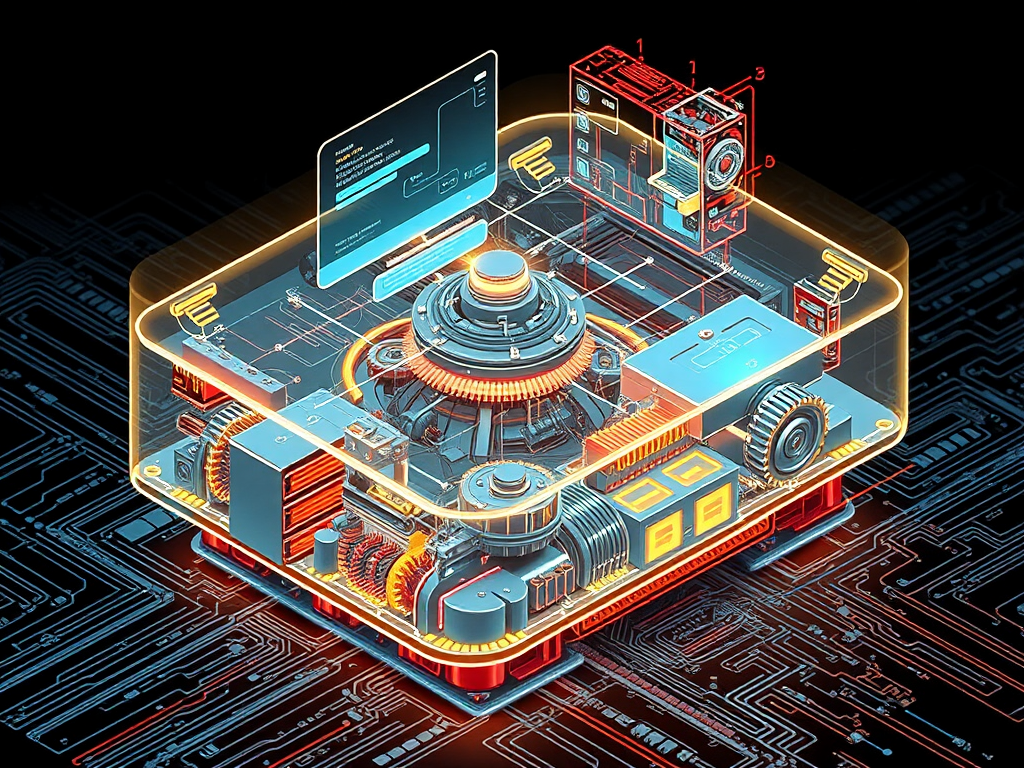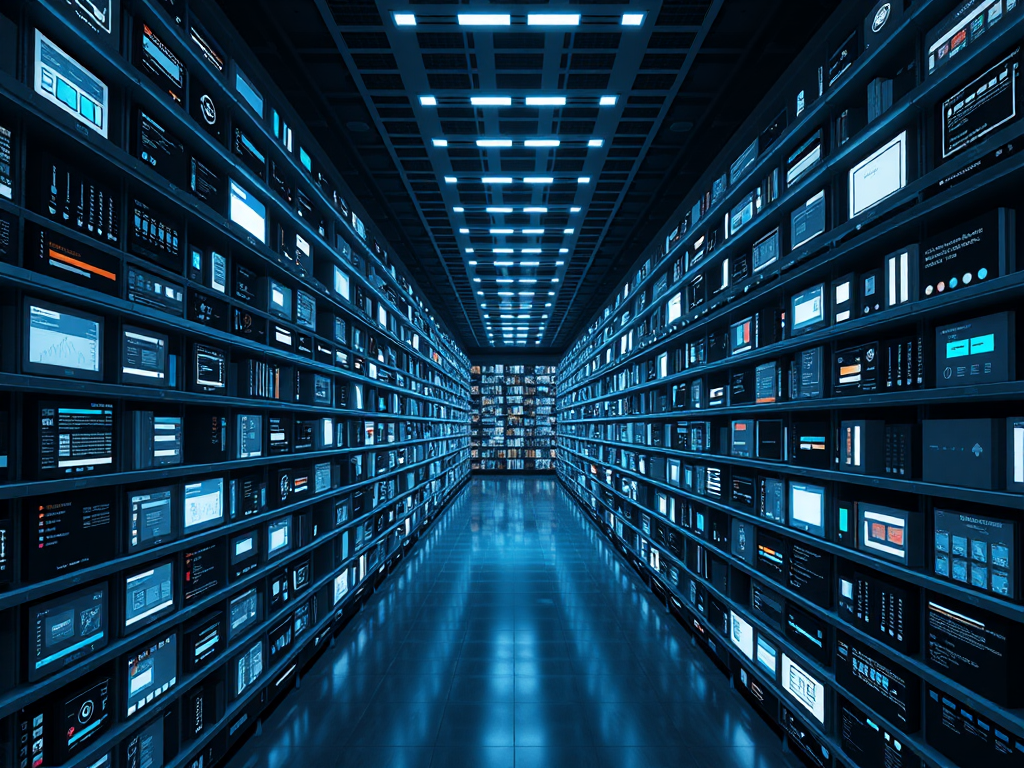Introduction
Hello everyone! Today, let's talk about Python GUI development.
GUI (Graphical User Interface) is undoubtedly one of the most important aspects of application development. A good GUI design can greatly enhance user experience, while a poor GUI can make users suffer. Therefore, mastering GUI development is a must for developers.
Python, as an expressive and efficient programming language, is widely used in fields such as scientific computing, web development, and automation scripts. So how does it fare in GUI development? Let's explore.
Historical Evolution
Python has supported GUI development from the beginning. Tkinter, the earliest GUI library, was built-in. However, the GUI programming experience at that time was not very good, with rather primitive interfaces and limited functionality.
Later, third-party GUI frameworks such as wxPython, PyQt, and PyGTK emerged, enriching Python's GUI ecosystem. They provided more modern components and features, making it more efficient to develop GUI applications with Python.
However, these frameworks also shared a common problem - low abstraction level. Developers needed to program at the component level, manually laying out and wiring various controls. This made the development process quite cumbersome, and the experience was indeed inferior compared to popular RAD (Rapid Application Development) tools like Visual Basic at the time.
Framework Comparison
Currently, there are several mainstream choices for Python GUI development:
Tkinter
- Pros: Built-in, cross-platform, lightweight
- Cons: Outdated interface style, limited components
wxPython
- Pros: Cross-platform, rich components, open-source
- Cons: Average interface style, steep learning curve
PyQt
- Pros: Modern interface, well-documented, commercial support
- Cons: Requires payment, can only be used for open-source projects
PySide
- Pros: Open-source, free, functionality comparable to PyQt
- Cons: Slower development compared to PyQt
Overall, PyQt and PySide are the most powerful, but require payment or can only be used for open-source projects. wxPython is the best balance of functionality, performance, and freedom. Tkinter, despite its limitations, still has its place as a built-in library.
Challenges and Shortcomings
The main shortcomings of current Python GUI frameworks are:
Low Abstraction Level
Compared to RAD tools like Delphi's VCL and .NET's WinForms, Python GUI programming requires operating at a lower abstraction level, manually coding and laying out various controls, which results in low development efficiency.
Outdated Interface Styles
The interface control styles of mainstream GUI frameworks are often outdated, lacking modern experiences. This poses challenges for cross-platform consistency.
Lack of Integrated Development Environment Support
The Python community lacks mature GUI visual design tools, forcing developers to write code by hand. This undoubtedly increases the difficulty and workload of development.
Slow Framework Updates
Some GUI frameworks develop slowly, with new features and bug fixes unable to keep up with the pace of technological advancement.
Solutions
In response to these challenges, the Python community is actively seeking solutions:
Continuous Improvement of Existing Frameworks
Mainstream GUI frameworks are constantly updating and improving to provide more modern controls and better development experiences. For example, wxPython completely refactored its underlying engine in the latest version, giving the interface a fresh look.
Integration with GUI Tools from Other Languages
Leveraging Python's ability to call other languages, we can try to integrate mature GUI development tools from other platforms. For example, using IronPython to integrate with .NET's WinForms, or using PyOxidizer to package Python GUI applications as standalone executables.
Adopting Emerging GUI Solutions
With the development of Web technologies, some cross-platform GUI solutions based on HTML5 have also emerged, such as Flexx and Pywebio. They use browser engines to render GUIs, with a development experience similar to Web development, showing promising prospects.
Looking to the Future
In summary, Python GUI development has gone through a tortuous development process, and existing mainstream frameworks still have shortcomings in functionality and experience, but the community is actively seeking innovation. We believe that better GUI development solutions will emerge in the future, bringing unprecedented convenience to Python programmers.
Let's wait and see, and you're also welcome to contribute your efforts to Python GUI development! Do you have any other views or suggestions on GUI development? Feel free to leave your comments in the discussion section.







